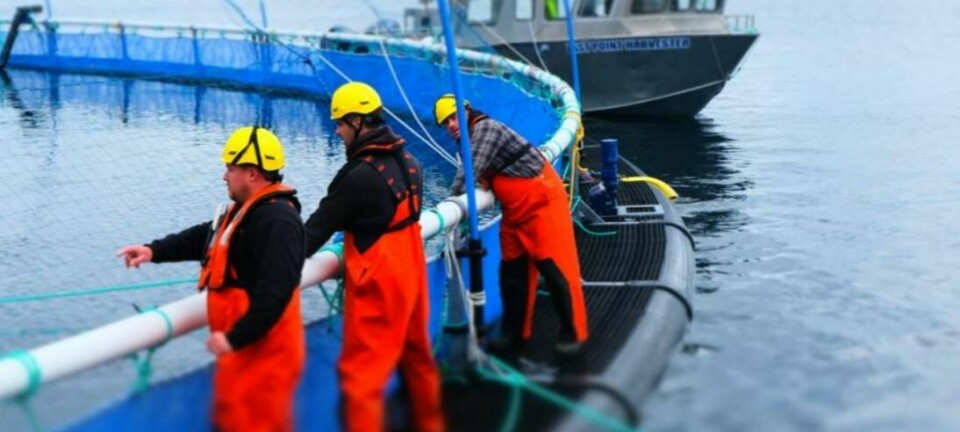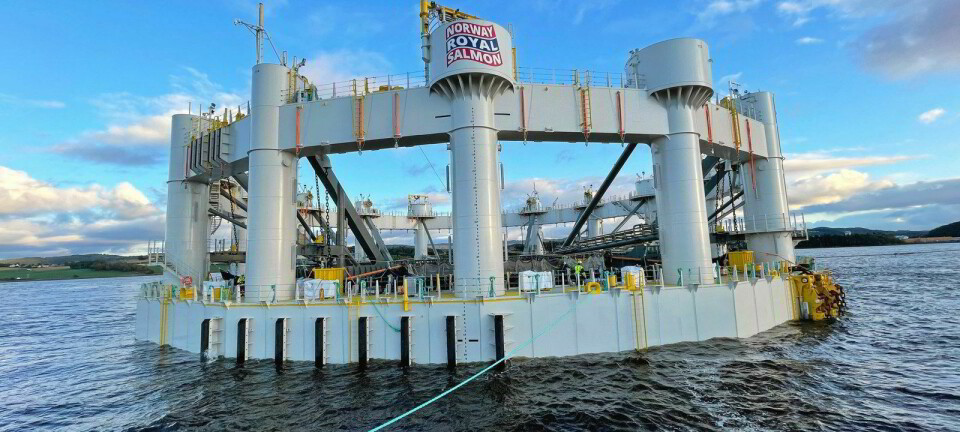
Norway's salmon exports rocketed in H1 - but returns didn't
Total value of fish was just 3% more than in first half of last year
Norway exported 22% more farmed salmon in the first half of 2025 than in the same period last year, but the value of those exports was just 3% higher than in H1 2024, new figures show.
The Norwegian Seafood Council (NSC) reported that Norway exported 609,946 tonnes of salmon worth NOK 57.8 billion (£4.2bn) in the first half of this year.
Poland, the United States, and France were the largest markets for salmon in the period.
“China had the largest value growth in the first half of the year, with an increase in export value of NOK 1,494 million, or 62%, compared to the first half of last year. Export volume to China ended at 42,224 tonnes, which is 122% higher than the first half of last year,” said seafood analyst Paul T. Aandahl.
“The growth trend to China continued in June. This month, China was also the largest growth market for Norwegian salmon, with an increase of NOK 321m, or 84%. The growth is seen in connection with a strong increase in demand in China.”
Sold on TikTok
Sigmund Bjørgo, the NSC’s seafood envoy to China, said the massive growth of salmon exports to China was boosted by new and different sales channels.
“The promotion and sales take place in online channels and on social media, where TikTok in particular dominates. At the same time, this spills over into the traditional sales channels, which create hybrid variants, with an online store and restaurant in one. These sell to passersby, visitors who sit down and via delivery apps,” explained Bjørgo.

So far this year, China is Norway’s sixth largest salmon market, measured in value, after Poland (where a lot of secondary processing is carried out before re-export), the US, France, Spain, and the Netherlands.
“Poland is still Norway’s largest salmon market, despite zero growth in value compared to the first half of last year,” said Aandahl. The reduction of inventories in the first four months of the year characterised direct exports in these months, but a strong May and June meant that the value is now at the same level as last year, said Aandahl.
“Exports to the US increased strongly in the first five months of the year, but the trend reversed in June, with a 10% drop in value. The development must be seen in light of global demand, a tough competitive situation and the availability of fish of the right size,” said Aandahl.
More trout exported
Norway exported 39,505 tonnes of trout worth NOK 3.5bn in the first half of the year – a value increase of NOK 579m, or 20%, and a volume increase of 34% compared to the first half of last year.
Ukraine, the US, and Thailand were the largest markets for trout in H1.
“Poland had the greatest value growth in the first half of the year, with an increase in export value of NOK 154m, or 150%, compared to the first half of last year. The export volume to Poland ended at 3,239 tonnes, which is 157% higher than the first half of last year. The trout is largely further processed for export,” said Aandahl.
“So far this year, the biggest growth is fresh fillet from Poland to the German market.”
Record first half
Overall, the first half of 2025 was the best ever for Norwegian seafood exports. In total, Norway exported 1.3 million tonnes of farmed and caught seafood worth a record NOK 85 billion, which is NOK 4.6bn, or 6%, more than in H1 2024.
“The export locomotive, Norwegian salmon, has increased by 3% in value, measured against last year, and with it increases the value for the first half of the year,” said NSC chief executive Christian Chramer.
“In addition, trout exports have grown sharply, along with far more valuable mackerel, herring and snow crab exports than in the same period last year.”
The largest markets for Norwegian seafood exports in the first half of the year were the US, Poland, and China.
The US had the greatest value growth, with an increase in export value of NOK 2.394bn, or 38%, compared to the first half of last year. Export volume of Norwegian seafood products to the US totalled 66,299 tonnes in H1, which is 29% higher than the first half of last year.





















































